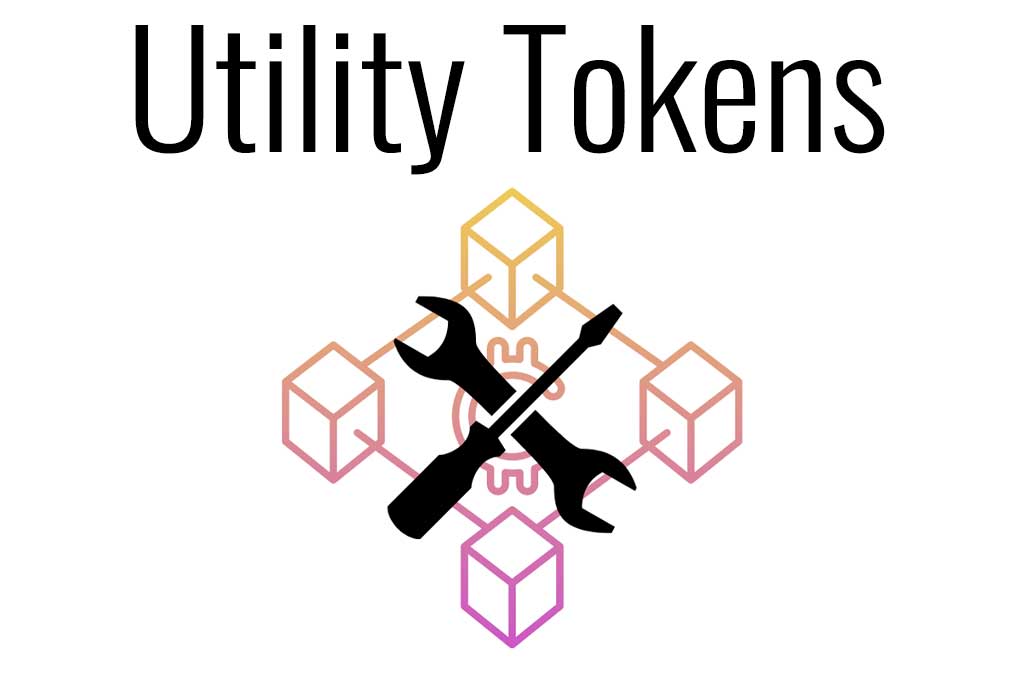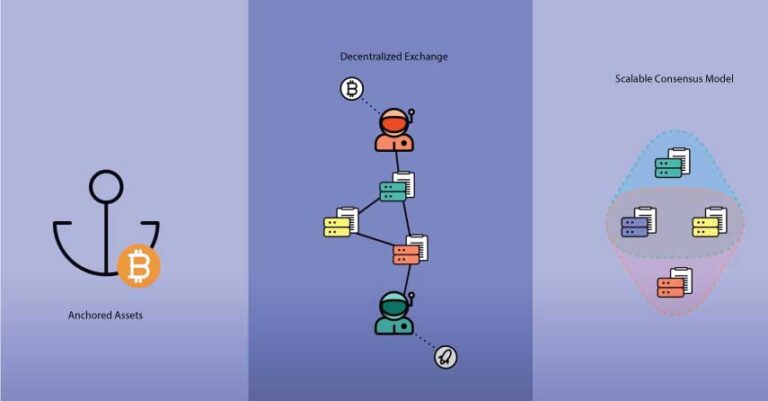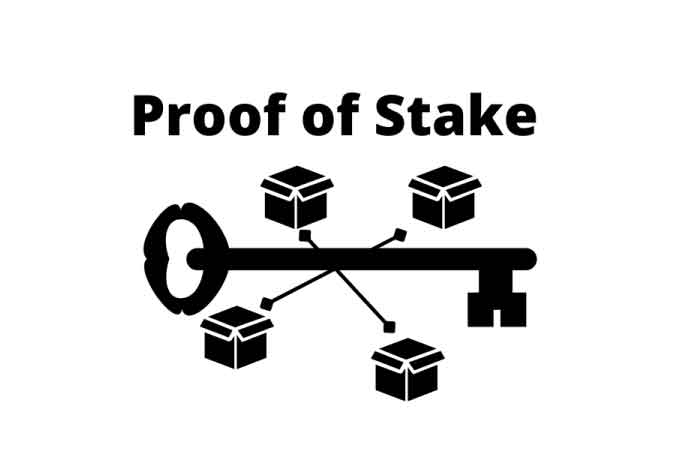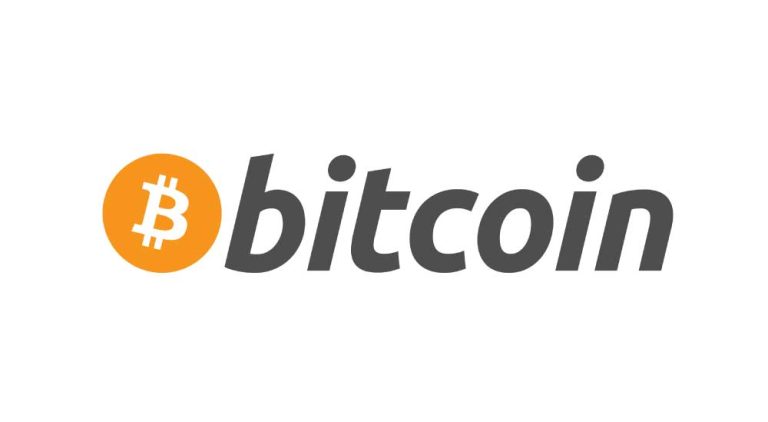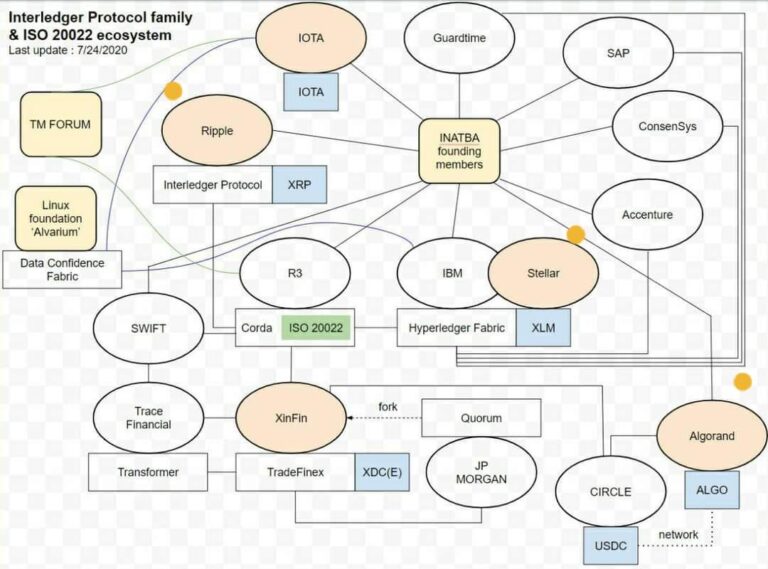Crypto Utility Tokens
Cryptocurrency coins generally serve the purpose of being stores of value and mediums of exchange.
Utility tokens in the cryptocurrency world have a unique purpose compared to other crypto coins. Utility tokens are designed to be used for specific purposes (or functions).
In order for a cryptocurrency coin to be truly classified as a utility token, it should meet the following criteria:
- Utility tokens have limited supply.
- Utility tokens have a specific purpose or function.
- Utility tokens provide meaningful value to those who hold them.
The most common use case for a utility token is a native token that is used to pay transaction fees for a crypto exchange, blockchain, or other crypto infrastructure. Another popular purpose for utility tokens is to raise money for a particular purpose that’s closely related to the token itself.
Utility Token Examples
To help you get a better feel for utility tokens and their various purposes, here are some examples that will illustrate.
Binance Coin (BNB)
BNB is the native coin for the Binance crypto exchange. Those who use BNB to pay their transaction fees when trading on Binance receive discounts of at least 25% off normal transaction fee rates.
Polygon (MATIC)
MATIC is the native currency of the Polygon network, which is a framework for interconnecting blockchains. MATIC is used to pay transaction fees on the Polygon network.
Chainlink (LINK)
Chainlink is a decentralized network of data providers (called Oracles) that act as liasons between real world data sources and the various blockchains they serve. LINK is the native token of the Chainlink network, and is used to fund the network’s growth.
Link tokens are used to pay the network for providing data and to pay Chainlink network node operators for behaving themselves (not providing faulty data).

